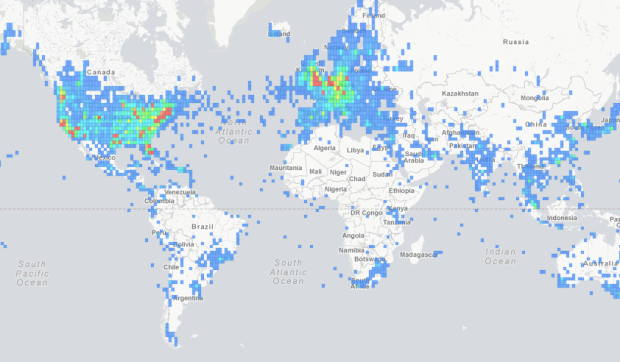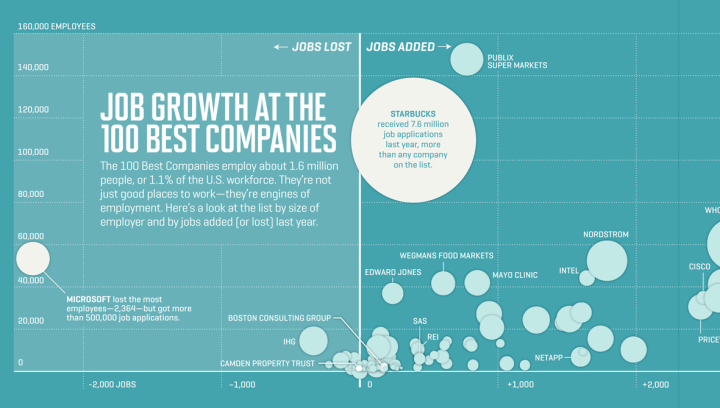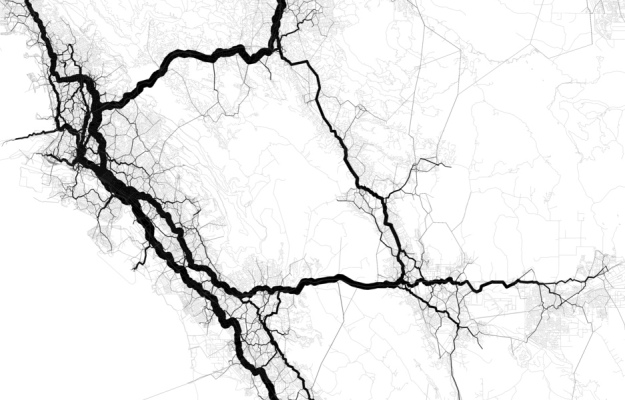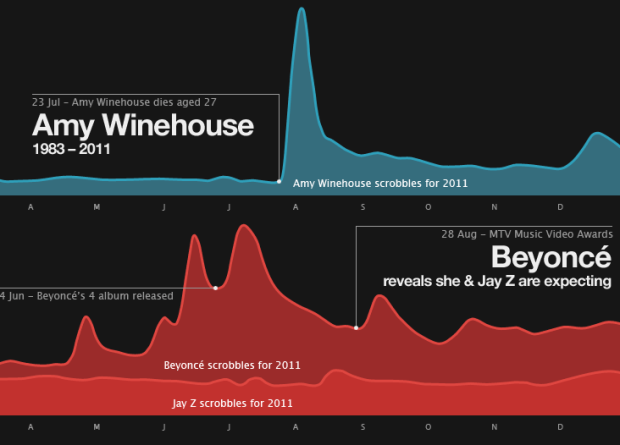There are a lot of ways to collect your location, whether it’s for journaling and personal reflection or for sharing with others, but it can be tricky making use of your data once it’s stored behind company servers. OpenPaths lets you collect your data via iPhone or their just released Android app.
We inhabit a world where data are being collected about us on a massive scale. These data are being stored, analyzed and monetized primarily by corporations; there is limited agency for the people whom the data actually represent. We believe that people who generate data through their own day-to-day activities should have a right to keep a copy of that data. When people have access to their personal data in a useful format all kinds of new things become possible. We can become better consumers: for example, we can know whether a monthly rail pass makes sense for us, or which data-plan would be most economical for our smartphone usage. More importantly, when our personal data is readily accessible and under our control we can become active collaborators in the quest for solutions to important social problems in areas such as public health, genetics or urban planning.
You can easily view your data in the OpenPaths map interface, or download your data as CSV, JSON, or KML, and do what you want. There’s also an API. Finally, if you choose to, you can contribute your data for researchers, artists, and techonlogists to create their own projects.
I just installed the mobile app. Looking forward to what happens next.







 Visualize This: The FlowingData Guide to Design, Visualization, and Statistics (2nd Edition)
Visualize This: The FlowingData Guide to Design, Visualization, and Statistics (2nd Edition)










